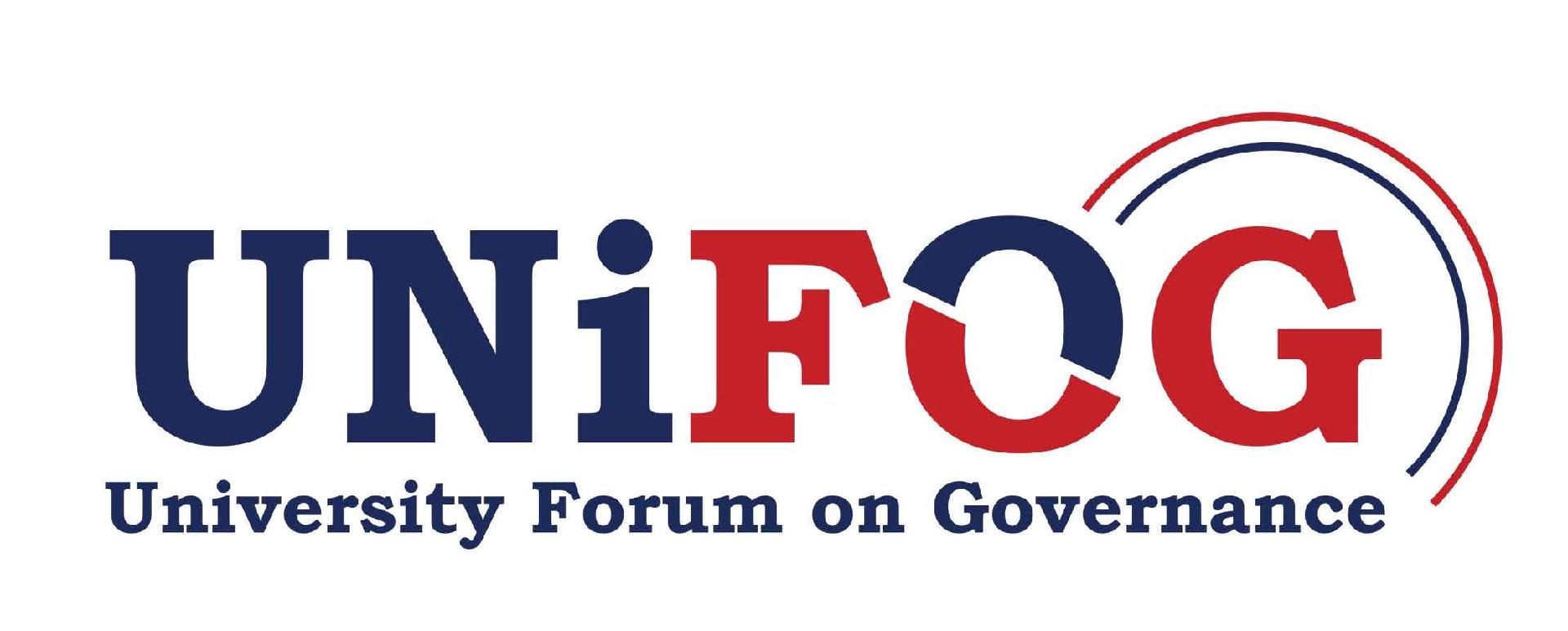Discussion
Details
Around 6.4 million youth (18—30 years) constitute nearly half the number of registered voters, and yet the status of youth participation in Uganda’s political processes remains a major challenge. This is the case notwithstanding the existence of several institutional provisions for youth inclusion in governance and decision-making processes, like their representation in parliament, local councils, and political parties as well as a myriad of civil society organisations representing youth interests.
Consequently, public policies and programmes are yet to effectively respond to the several challenges faced by young people such as, unemployment and underemployment, limited access to quality education and health services as well as inability to meet personal aspirations and goals.
In less than half a year, Uganda will hold the next general elections, the third under a still nascent multiparty framework. In such a democratic context, how the different social groups define and market their interests can be crucial in shaping the manifestos of political parties and subsequent policies adopted and implemented by the elected government. This question is one of particular importance for Uganda’s youth, who face several social, political, and economic challenges and whose interests still fail to effectively make it to the public policy platforms.
New groups of young people have emerged ahead of the elections. These include, inter alia, the “No More” campaign, the “Jobless Brotherhood”, and the “NRM Poor Youth” etc. While the rise of such groups reflect increasing levels of organisation among youth, it remains questionable as to whether young people will be able to effectively have impact on the electoral process and the policies pursued by the consequent government.
Thus, the regional debates will explore why youth political participation remains ineffective despite existence of an apparently supportive institutional framework. On the basis of such diagnostics, promising practices and policies for fostering meaningful youth political engagement will be suggested. Hence, the current electoral cycle offers a central learning point for the discourse; in essence, the debates are a youth-led platform for interrogating the binding constraints to youth political participation and critically evaluating policy and programming alternatives for a better way forward.
The debate approach aims to facilitate a diagnostic mechanism in which the binding constraints to meaningful youth political participation will be assessed and promising interventions critically evaluated. Thus, the debates will take a moderated panel-led style with simultaneous audience engagement. Through a phased strategy, the analysis will be sequentially pursued starting first, with debating the challenges to youth political participation, before moving on to discuss promising policies and practices for improvement.




